The High Desert Museum in Bend, Oregon, has a gallery which takes visitors on a journey through some of the most dramatic periods in the High Desert. According to the Museum display:
“Thousands of years ago, more than one hundred Native American tribes inhabited the High Desert. During the early 1800s, newcomers began arriving—starting with fur traders and continuing with homesteaders through the early 1900s. A diverse array of immigrants added their stories to the region’s history.”
One of the dioramas in this gallery shows the Paiutes.
According to the Museum display:
“The Northern Paiute lived across the southern half of the High Desert region. These hardy and nomadic people ranged throughout an arid landscape from eastern California and southeastern Oregon, most of Nevada and into southern Idaho. They migrated with the seasons to harvest the region’s resources: fish, game, edible plants and roots.”
Linguistically, the Northern Paiute language belongs to the Numic group of the larger Uto-Aztecan language.
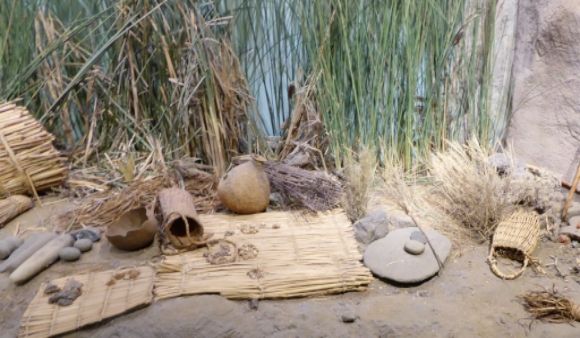
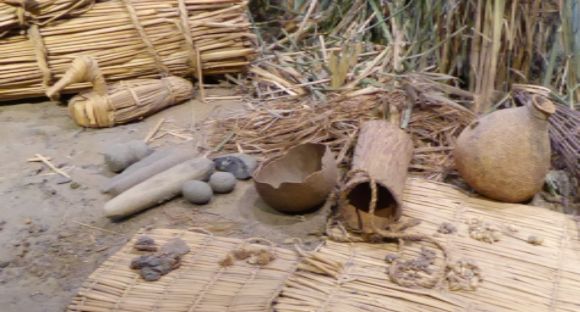
 The water jug shown above is a basket which has been coated with sap to make it waterproof.
The water jug shown above is a basket which has been coated with sap to make it waterproof. 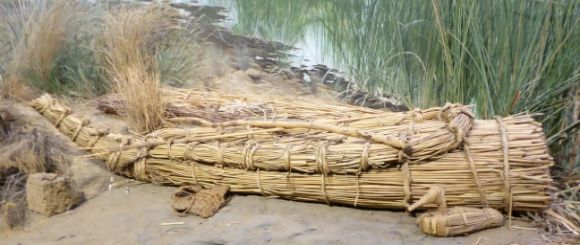 Tules were used for many things, including the watercraft shown above and the duck decoy next to the boat.
Tules were used for many things, including the watercraft shown above and the duck decoy next to the boat.
Communal duck drives would be held in the marshy areas. Writing in 1859, Captain James Simpson notes of the Paiute he encountered:
“The duck decoys they use on the lake to attract the live ducks are perfect in form and fabric”
The concealed hunter would use the decoys to lure the birds to him.
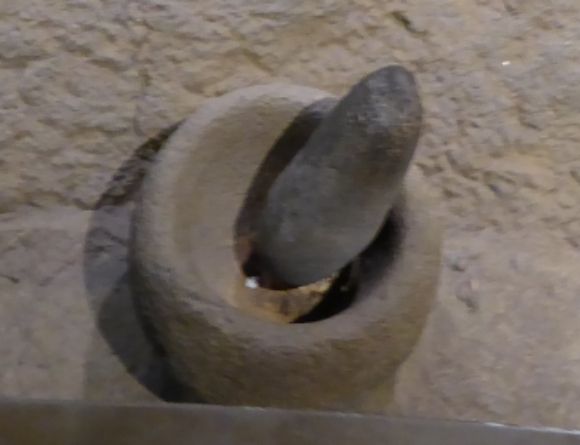 The stone mortar and pestle shown above was used for grinding seeds. The Paiute used 96 species of edible plants.
The stone mortar and pestle shown above was used for grinding seeds. The Paiute used 96 species of edible plants.
Gathering wild plants for food, fiber, and medicine was not a passive activity: Indian people often used fire to alter their environments and to enhance the productivity of the land. In an article in Idaho Yesterdays, William Tydeman reports:
“Among Northern Paiute groups, burning was practiced to encourage wild plants. In some cases seeds were sown after fires.”
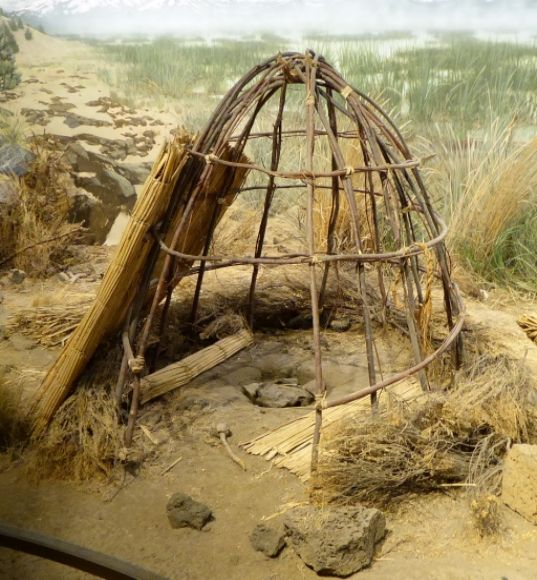 Northern Paiute dwellings, such as the one shown above, were made using a willow frame and then covering it with mats woven from tules.
Northern Paiute dwellings, such as the one shown above, were made using a willow frame and then covering it with mats woven from tules.
The location of camps was determined not only by food resources—plants and animals—but also by water and firewood. In her chapter in Native Americans and Wage Labor: Ethnohistorical Perspectives, Martha Knack reports:
“Base camps were made near reliable springs or along short and intermittent streams, with water carried to dry camps to enable hunting or the gathering of food plants in the desert.”
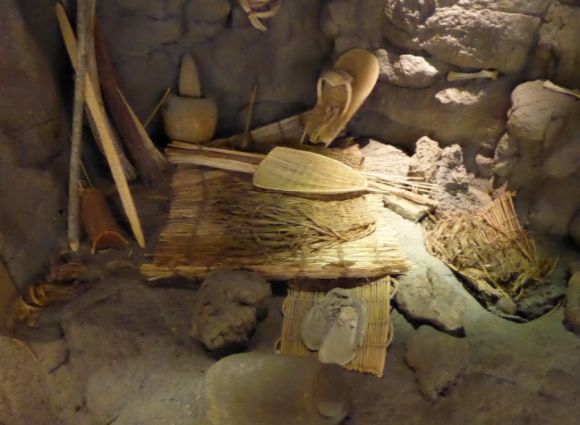 Shown above is a cave or rock shelter site.
Shown above is a cave or rock shelter site. 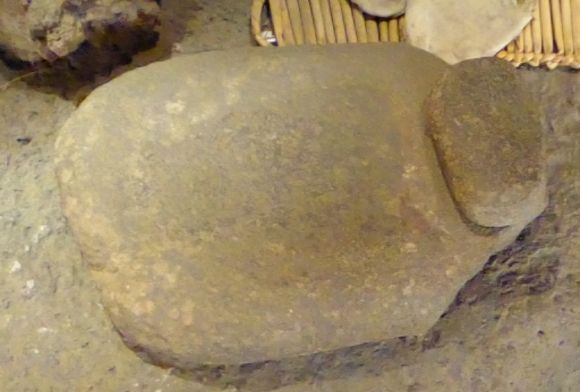 Shown above is a metate and mano used to grind seeds into flour.
Shown above is a metate and mano used to grind seeds into flour.

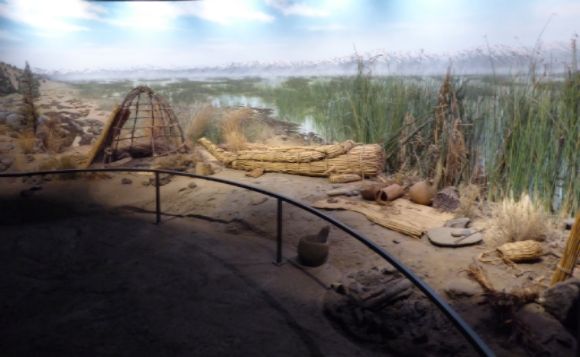
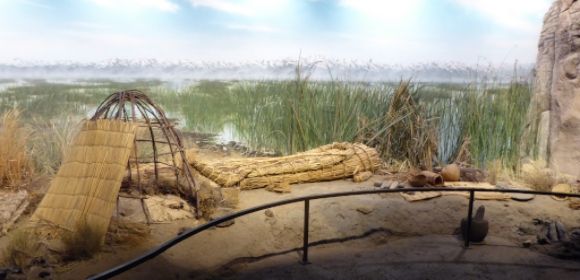
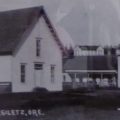

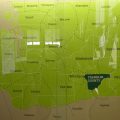
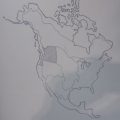
Leave a Reply